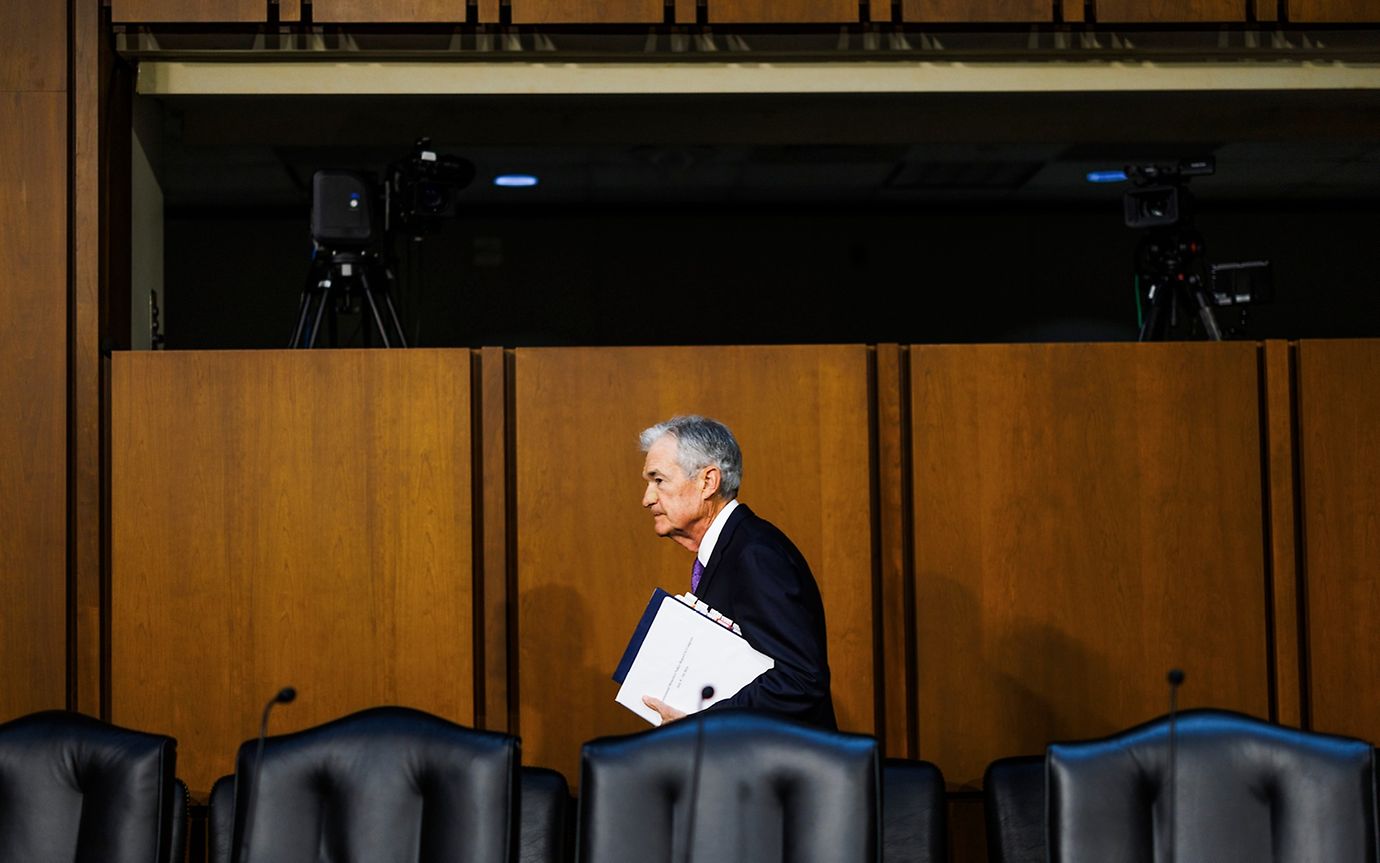在此处更改您的语言和 LGT 位置。
私人客戶的數碼平台
登錄 LGT SmartBanking
金融中介機構的數碼平台
登錄 LGT SmartBanking Pro
解答常見問題 (FAQ)
LGT SmartBanking 幫助
解答常見問題 (FAQ)
LGT SmartBanking Pro 幫助
Structural changes in the US and eurozone economies suggest that so-called neutral interest rates may stabilize at higher levels than seen in the past.

With the interest-rate cutting cycle underway or about to begin, even if at a rather juddering pace, investors are rightly concerned about what the new normal will look like. Key central bank target rates vary over time for a variety of reasons, most obviously in response to the stage of the business cycle. However, central bankers are always also looking at cyclical developments through the lens of long-term equilibrium. What is the natural, or in technical terms, the neutral level of interest rates in any given economy that neither restricts growth nor promotes it?
Tina Jessop, Senior Economist at LGT Private Bank Europe, explains that the neutral rate of interest "allows an economy to operate at full employment and with stable inflation around the central bank’s target." Today, LGT believes that neutral rates in real terms, in other words after deducting inflation, are between 0.5 % and 1.0 % in the USA, and close to 0 % in the eurozone.
This neutral rate is important because it determines how far central banks may lower their target interest rates, which in turn impacts currency rates, government bond yields, and equity market valuations. "Barring an unexpected credit event or external shock, LGT expects central bank target nominal rates to bottom out at well above the near zero rates that investors got used to in the period between the 2008 global financial crisis and the 2020 pandemic," Jessop says.
However, she stresses that what economists call r*, which stands for neutral nominal rates adjusted for inflation, is an abstract theoretical concept that cannot be measured in real time. So although LGT economists currently believe that neutral rates are historically low at the moment, they see a range of signs that suggest that these rates will stabilize higher in the future.

It is usually only in hindsight that economists can pinpoint with more or less confidence the appropriate level of interest rates at any given point in time. A look at past estimates of r* by the Federal Reserve Bank of New York shows that it has declined from a range of 2.5 % to 4 % in the USA, and 2 % to 3 % in the eurozone in the 1990s, to a range of 0 % to 1 % in the years leading up to the pandemic.
Yet despite a substantial increase in central bank target rates over the past two years, recent economic growth has been stubbornly resilient, especially in the US. This seeming paradox suggests that r* may be higher than previously, or indeed currently thought. The idea is that structural changes in the US and eurozone economies may have reversed the downward trend.
So what are the forces responsible for neutral rates? In essence, says Jessop, "r* is determined by savings and investments, and the productivity gains that result from investment activity. All three of these factors are undergoing a fundamental shift."
Pressure exacerbated by high deficits and competition for private savings
One critical change is the pace of investment, driven by climate concerns and increased geopolitical tensions. After a period of underinvestment in infrastructure and deleveraging after the global financial crisis, investors are pouring money into the green energy transition, supply chain resilience, and defence and national security.
In addition, technological leaps facilitated by artificial intelligence are expected to increase corporate capital expenditure, further lifting investment and enhancing productivity growth. This would reverse the prevalent productivity trend, which has declined over the past two decades. Various studies expect productivity growth to increase by up to 1 to 2 percentage points a year by the end of this decade. Both higher productivity and rising investment demand are expected to translate into a higher marginal return on capital, which in turn lifts r*.
Other pressures on interest rates include the shrinking and aging workforce. After decades of baby boomers paying into pension funds and accumulating savings, this trend is also set to reverse. This situation will be exacerbated by the high structural government deficits, which compete for private savings.
Until the productivity boost from AI fully unfolds later this decade, neutral rates may remain weighed down. Nevertheless the Federal Reserve has started to gradually increase its median long-run policy nominal rate projection from 2.5 % to 2.8 %.

Changes in neutral rates materialise over time, explains Jessop, so may not be obvious very soon. Current central bank estimates place r* in the range of 0.5 % to 1 % in the USA and at close to 0 % in the eurozone. Adding more-or-less 2 % inflation targets puts nominal neutral policy rates at approximately 2.5 % to 3 % in the USA, and at just under 2 % in the eurozone. Jessop believes the neutral rate for the USA may be at the upper end of the range.
What is clear is that interest rates are restrictive at current levels. LGT expects key central bank target rates to converge to these neutral levels over the course of 2025.